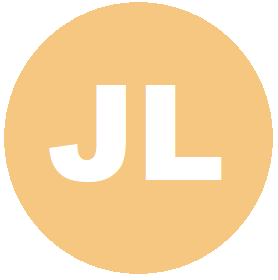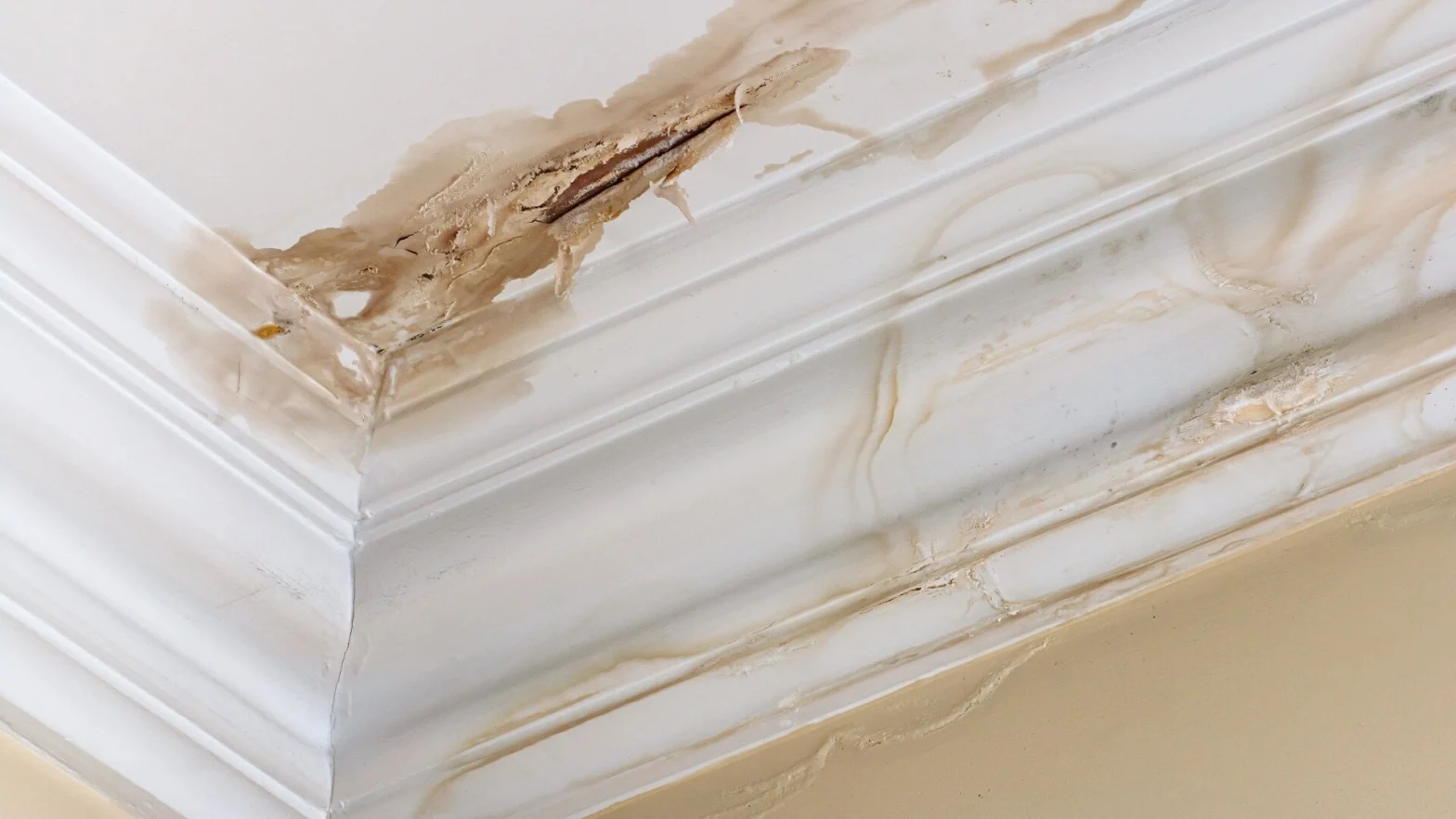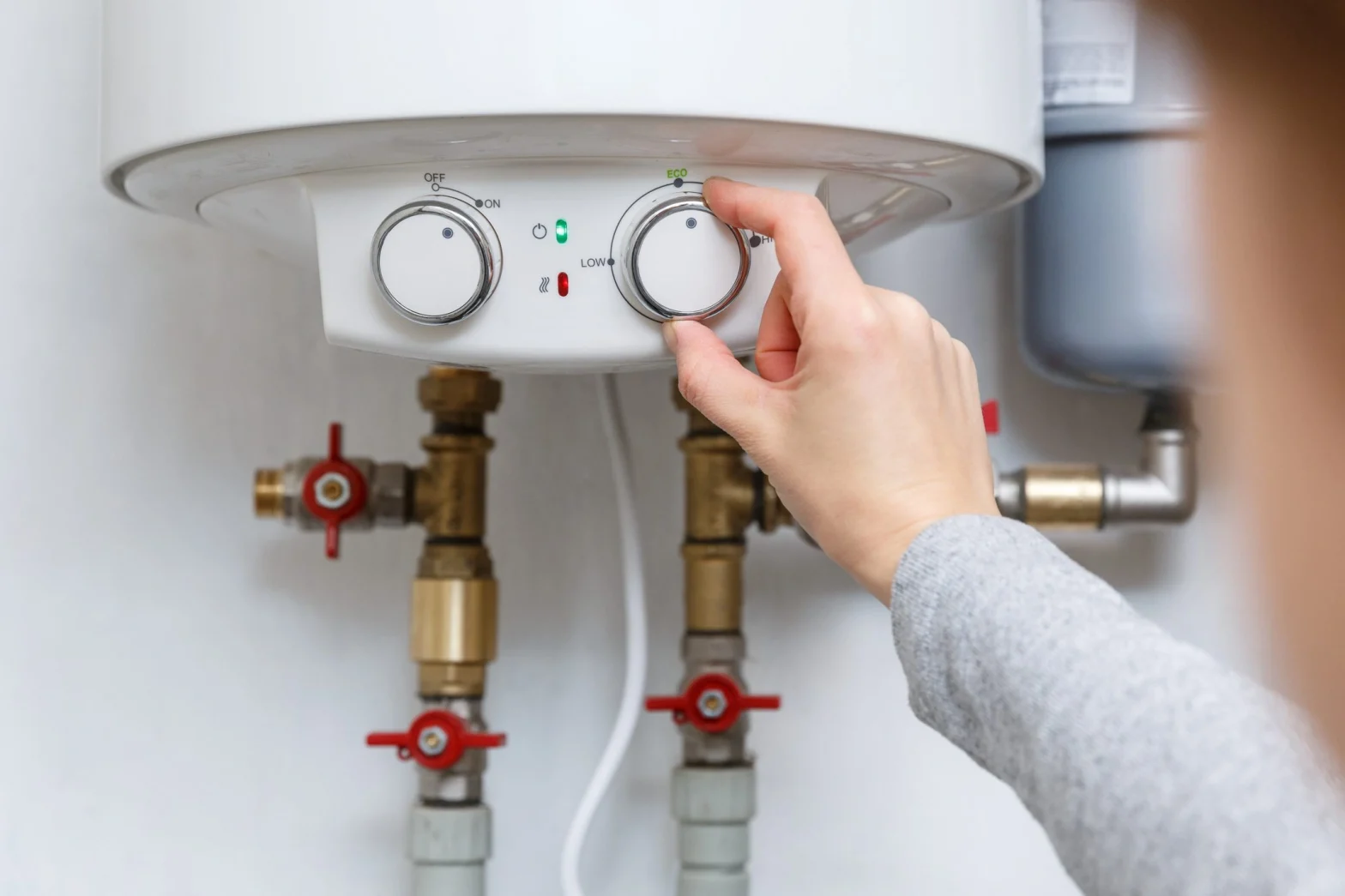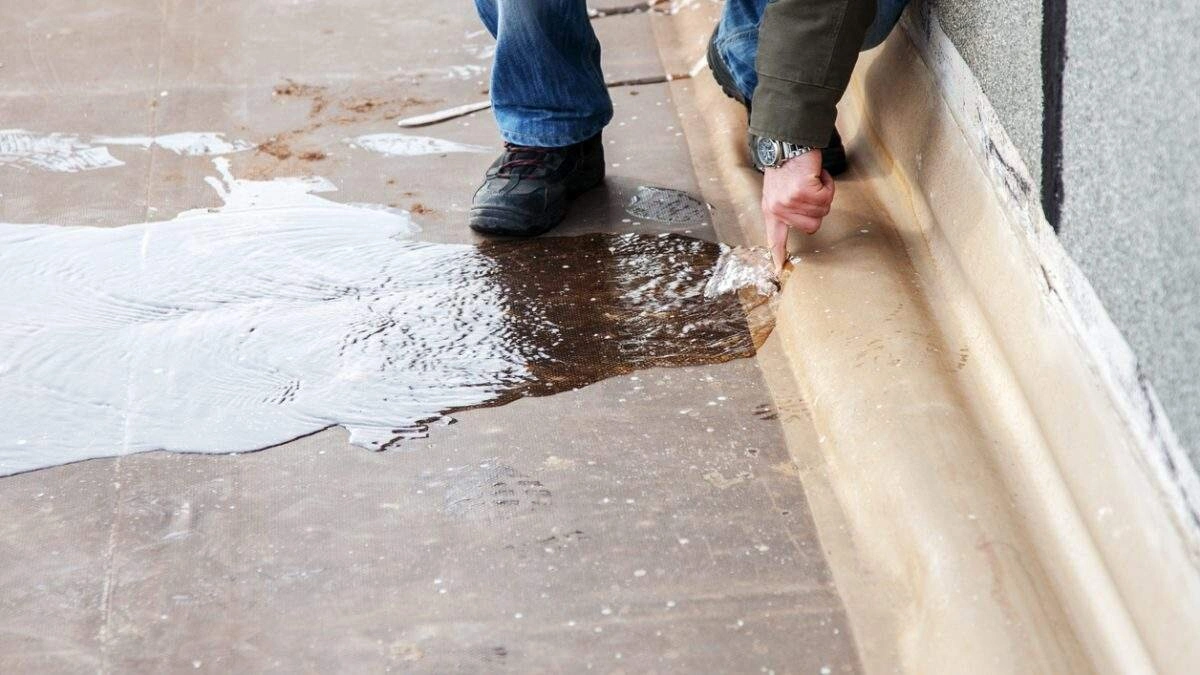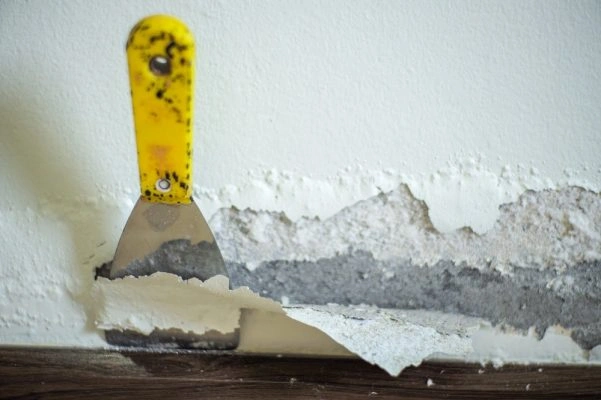Innovative Technologies for Quick and Effective Ceiling Leak Detection
Ceiling leaks pose a significant threat to property integrity and occupant safety. Detecting and addressing leaks promptly is crucial to prevent damage and costly ceiling leak repairs . Fortunately, advancements in technology have revolutionized the ceiling leak detection process, offering quick and effective solutions for both residential and commercial spaces.
Traditional Challenges in Ceiling Leak Detection
Even though traditional methods of ceiling leak detection are still in practice, it is time that technological advancements are adopted. These methods not only incur additional costs but may also result in collateral damage to the property.
Visibility Issues:
Traditional methods often rely on visible signs of water damage, making it challenging to detect leaks hidden within ceilings or walls without obvious external indications.
Time-Consuming Inspections:
Manual inspections are labor-intensive and time-consuming, especially in larger structures. Locating the precise source of a leak may involve extensive investigation and trial-and-error methods.
Invasive Procedures:
Traditional approaches may require invasive measures such as cutting into ceilings or walls to identify the source of a leak, leading to additional repair costs and disruption to the property.
Limited Accessibility:
Certain areas, particularly in commercial or industrial buildings, may have restricted access, impeding the ability to inspect and identify leaks promptly.
Risk of Collateral Damage:
Traditional detection methods, such as tearing down parts of walls or ceilings, carry the risk of causing collateral damage to the property. It only adds to ceiling leak repairs in San Diego costs.
Reactive rather than Proactive:
Traditional approaches are often reactive, addressing leaks after visible damage occurs, rather than proactively preventing or identifying issues before they escalate.
Here are the Top Innovative Technologies for Quick and Effective Ceiling Leak Detection
1. Infrared Thermal Imaging:
Infrared thermal imaging has emerged as an innovative and non-invasive technology for detecting ceiling leaks. Specialized cameras detect temperature variations caused by water leaks, enabling professionals to identify the precise location of the issue without the need for physical intervention. This method is particularly effective in large commercial spaces where leaks may not be immediately visible.
2. Acoustic Leak Detection:
Acoustic leak detection relies on sound technology to identify the sound frequencies associated with water leaks. Specialized equipment can pick up these frequencies, allowing technicians to pinpoint the location of the leak accurately. This method is especially useful in detecting hidden leaks within walls or ceilings that may not be visible to the naked eye.
3. Moisture Meters and Sensors:
Moisture meters and sensors are pivotal in modern ceiling leak detection. Strategically placed within ceilings, these devices continuously monitor moisture levels, promptly alerting users to any anomalies. By providing real-time data, they empower property owners to take swift action, preventing extensive damage and mold growth. These proactive tools contribute to cost savings by enabling early intervention and minimizing repair expenses. Moisture meters and sensors offer an efficient, data-driven solution for both residential and commercial spaces, enhancing overall property maintenance.
4. Fiber Optic Leak Detection:
Fiber optic leak detection is an advanced technology designed for precise and early identification of water leaks. In this system, fiber optic cables are installed in areas prone to leaks. Upon contact with moisture, the cables trigger an alarm, signaling the presence of a leak. Offering real-time monitoring, fiber optic leak detection is particularly effective in critical environments where rapid response is essential, providing an efficient and reliable solution for both commercial and residential spaces.
5. Nanotechnology-Based Coatings:
Nanotechnology has paved the way for innovative coatings that act as a preventive measure against leaks. These coatings, when applied to ceilings or roofing structures, create a protective barrier that repels water. This proactive approach adds an extra layer of defense against potential leaks, reducing the likelihood of water infiltration.
6. Smart Home Leak Detection Systems:
Smart home leak detection systems leverage sensors and technology for efficient water monitoring. These systems provide real-time alerts to homeowners through smartphones, ensuring swift action against potential leaks. Benefits include early detection, reducing repair costs and property damage. The convenience of remote monitoring and control enhances home security, offering peace of mind to homeowners concerned about potential water-related issues in their residences.
7. Drone Technology for Roof Inspections:
Drones equipped with high-resolution cameras have become instrumental in conducting roof inspections, especially in large commercial or industrial buildings. Drone technology allows for a comprehensive view of the entire roof, enabling inspectors to identify vulnerabilities, potential leaks, or damage that may not be visible from the ground.
8. Machine Learning and Artificial Intelligence:
Machine learning algorithms and artificial intelligence (AI) are increasingly being employed in ceiling leak detection. These technologies analyze patterns and data from various sensors, quickly identifying anomalies associated with water leaks.
For instance-
- Anomaly Detection: ML algorithms analyze data patterns, quickly identifying anomalies associated with leaks, enabling early detection.
- Predictive Analysis: AI utilizes historical data to predict potential leaks, allowing proactive measures before significant damage occurs.
- Automation: ML and AI streamline the detection process, automating data analysis and providing real-time insights.
- Continuous Improvement: These technologies continually learn and adapt, improving accuracy and efficiency over time.
- Reduced False Positives: ML and AI help minimize false alerts, ensuring more reliable and precise leak detection in diverse environments.
Advantages of Innovative Technologies
- Swift Identification: Innovative technologies enable rapid detection of ceiling leaks, minimizing response time and reducing potential damage.
- Cost Savings: Early identification and preventive measures lead to lower repair costs, preventing extensive damage and the need for major renovations.
- Minimized Disruption: Advanced technologies often allow non-invasive detection, minimizing disruptions to property occupants during the leak identification and repair process.
- Proactive Monitoring: These technologies offer proactive monitoring, enabling preventive measures and reducing the likelihood of future leaks.
- Data-Driven Decision-Making: Real-time data provided by these technologies allows to take informed decision-making for efficient and effective leak management.
Conclusion
Ceiling leak repairs can be managed properly with proactive measures. New technologies offer faster, more accurate, and less invasive solutions for ceiling leak detection. These methods reduce repair costs, and minimize property damage compared to traditional methods that often rely on reactive approaches and manual interventions. Upgrading to innovative technologies ensures a more resilient and cost-effective approach to ceiling leak detection in various settings.



